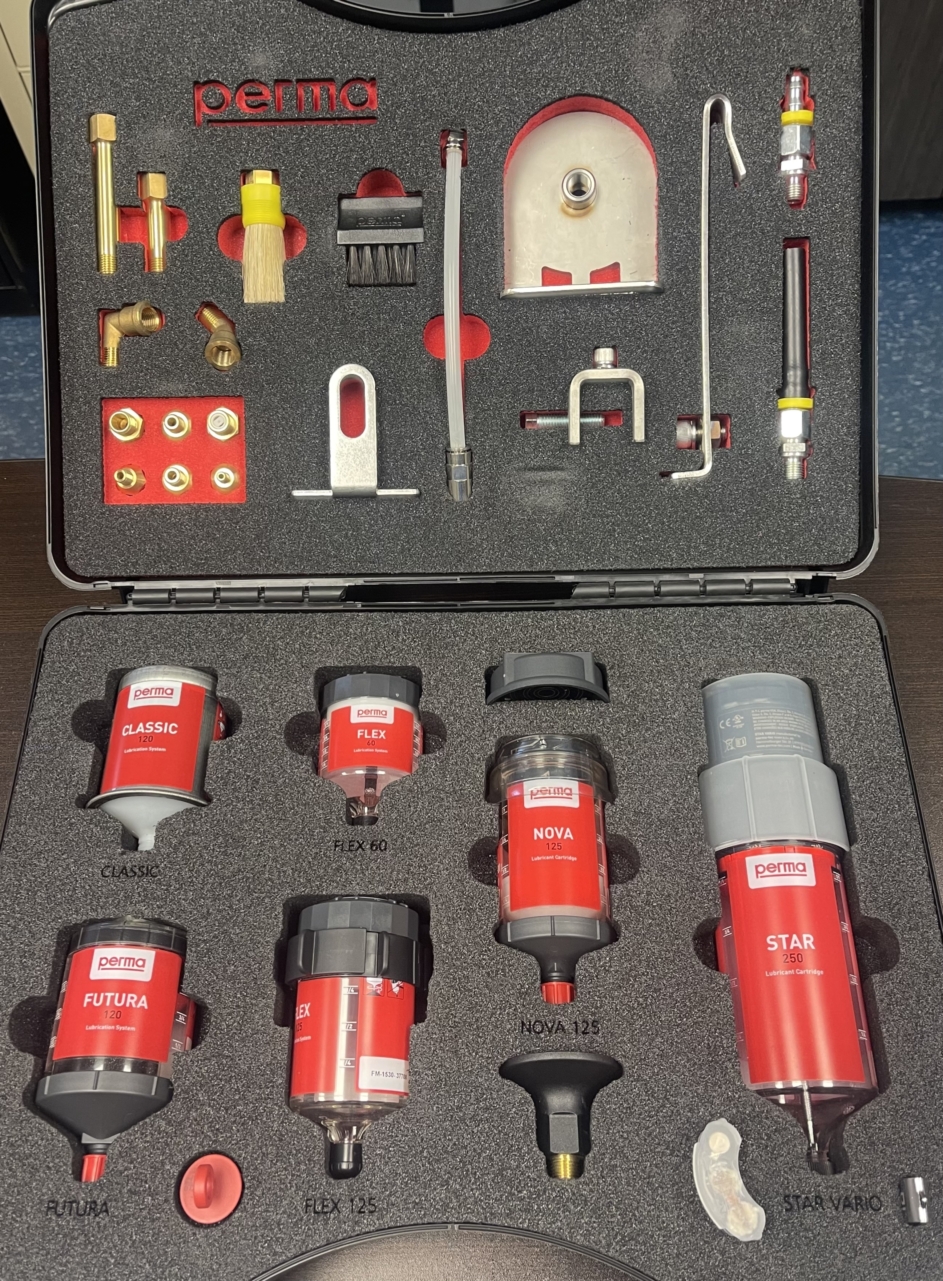Single-point lubricators are incredibly versatile and effective, but they aren’t a one-size-fits-all solution to your lubrication needs. So how do you know which lubrication method is best suited to your specific project needs? Well, you can always count on LH Travis for advice! Here’s a quick rundown on how to decide whether a single-point lubricator is appropriate.
Making the Right Choice
At LH Travis, we’re not interested in selling you equipment that you don’t need. So let’s consider a few things before you settle on a single-point lubricator for your machinery.
- Is the bearing difficult to access? If it’s easily accessible, you may be able to stick with manual greasing for that point.
- Does the bearing need to be frequently lubricated? A single-point lubricator is ideal for a bearing that needs frequent attention. If lubrication is not required very often, there’s probably no need to install a piece of automated equipment for it.
- Is the bearing a critical component for proper operation of the equipment? When it’s a vital component, you may not want to risk slacking on manual lubrication and go ahead and install a single-point lubricator.
- What is the environment like? If there’s a lot of dust and debris flying about, a single-point lubricator can help prevent lubricant contamination by providing greater control over the application.
- What are the lubrication requirements? When a bearing requires very precise and consistent applications of lubrication, an automated lubricator is the best way to ensure accuracy every time.
- Is there enough space to install a single-point lubricator? Consider the logistics of how the lubricator will need to be installed and operate before committing to the installation.
When You Have Questions, We Have Answers
If you are still uncertain as to whether or not a single-point lubricator will improve your equipment performance, we’d be glad to provide a consultation. Just call LH Travis to schedule a lubrication specialist to come evaluate your equipment.

